Species Photo Gallery for Anotia kirkaldyi No Common Name 20 |
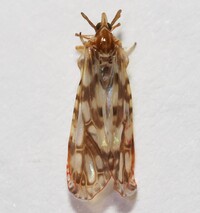 | Photo by: Rob Van Epps
Ashe Co.
Comment: Caught sweeping in a weedy, grassy field. | 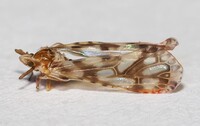 | Photo by: Rob Van Epps
Ashe Co.
Comment: Caught sweeping in a weedy, grassy field. |
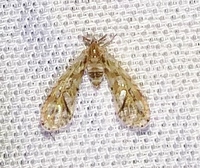 | Photo by: Ken Kneidel
Mecklenburg Co.
Comment: came to UV light at night | 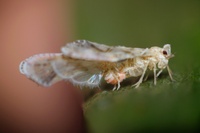 | Photo by: SCOTT R BOLICK
Forsyth Co.
Comment: |
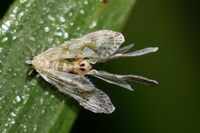 | Photo by: SCOTT R BOLICK
Forsyth Co.
Comment: | 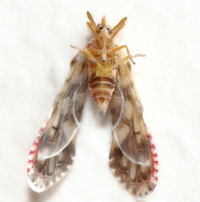 | Photo by: Kyle Kittelberger, Brian Bockhahn, Paul Scharf
Avery Co.
Comment: grassy, open area with shrubby vegetation and mixed forest nearby |
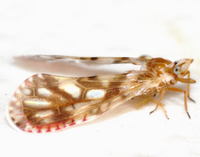 | Photo by: Kyle Kittelberger, Brian Bockhahn, Paul Scharf
Avery Co.
Comment: grassy, open area with shrubby vegetation and mixed forest nearby | 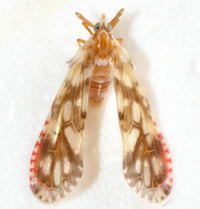 | Photo by: Kyle Kittelberger, Brian Bockhahn, Paul Scharf
Avery Co.
Comment: grassy, open area with shrubby vegetation and mixed forest nearby |
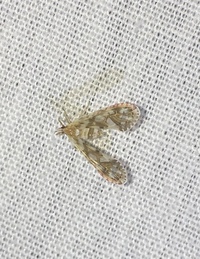 | Photo by: Randy L Emmitt
Orange Co.
Comment: likes my sheet at the moth lights. - unid_planthopper | 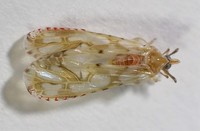 | Photo by: Rob Van Epps
Mecklenburg Co.
Comment: Caught sweeping. Grassy, weedy area near hardwoods. |
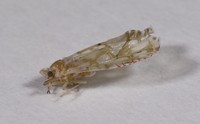 | Photo by: Rob Van Epps
Mecklenburg Co.
Comment: Caught sweeping. Grassy, weedy area near hardwoods. |  | Photo by: Rob Van Epps
Mecklenburg Co.
Comment: Caught sweeping. Grassy, weedy area near hardwoods. |
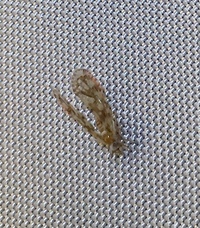 | Photo by: Randy Emmitt
Orange Co.
Comment: Led lights on white sheet | 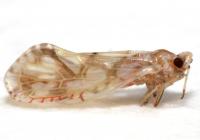 | Photo by: Kyle Kittelberger, Brian Bockhahn
Rockingham Co.
Comment: |
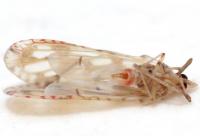 | Photo by: Kyle Kittelberger, Brian Bockhahn
Rockingham Co.
Comment: | 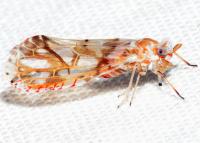 | Photo by: Ken Childs
Out Of State Co.
Comment: |
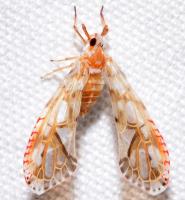 | Photo by: Ken Childs
Out Of State Co.
Comment: | 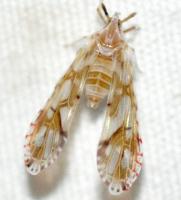 | Photo by: Kyle Kittelberger
Wake Co.
Comment: mixed hardwood forest habitat |
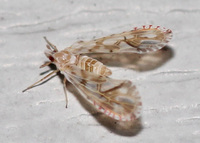 | Photo by: Harry Wilson
Wake Co.
Comment: Mixed hardwood and pine habitat | 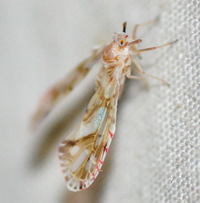 | Photo by: Kyle Kittelberger
Wake Co.
Comment: mixed hardwood forest habitat |
|

 »
»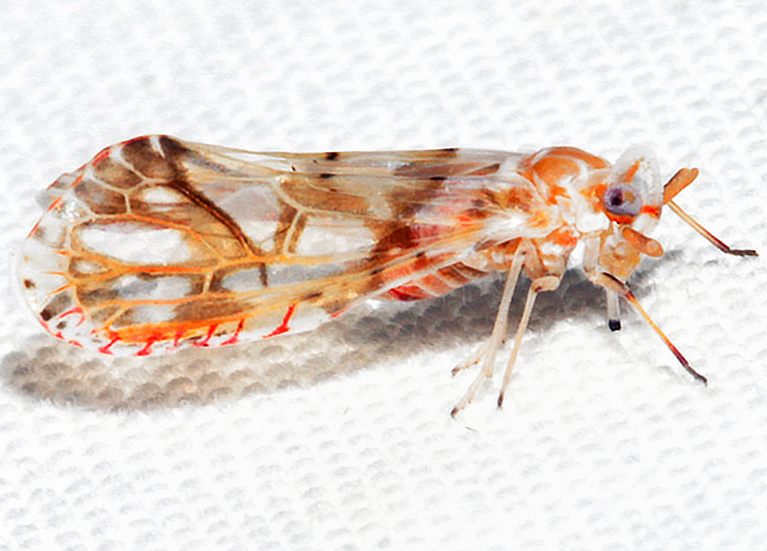
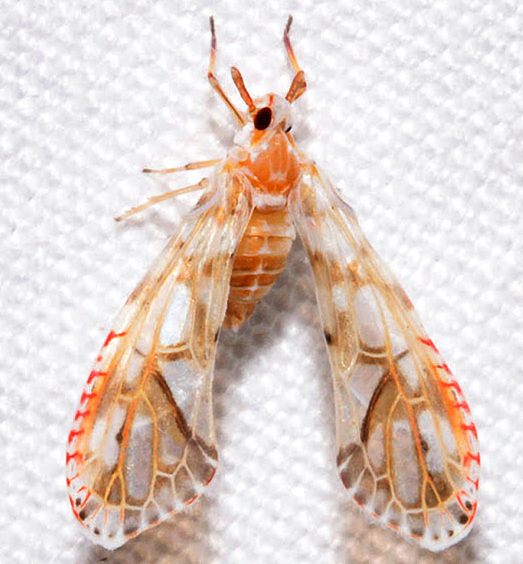
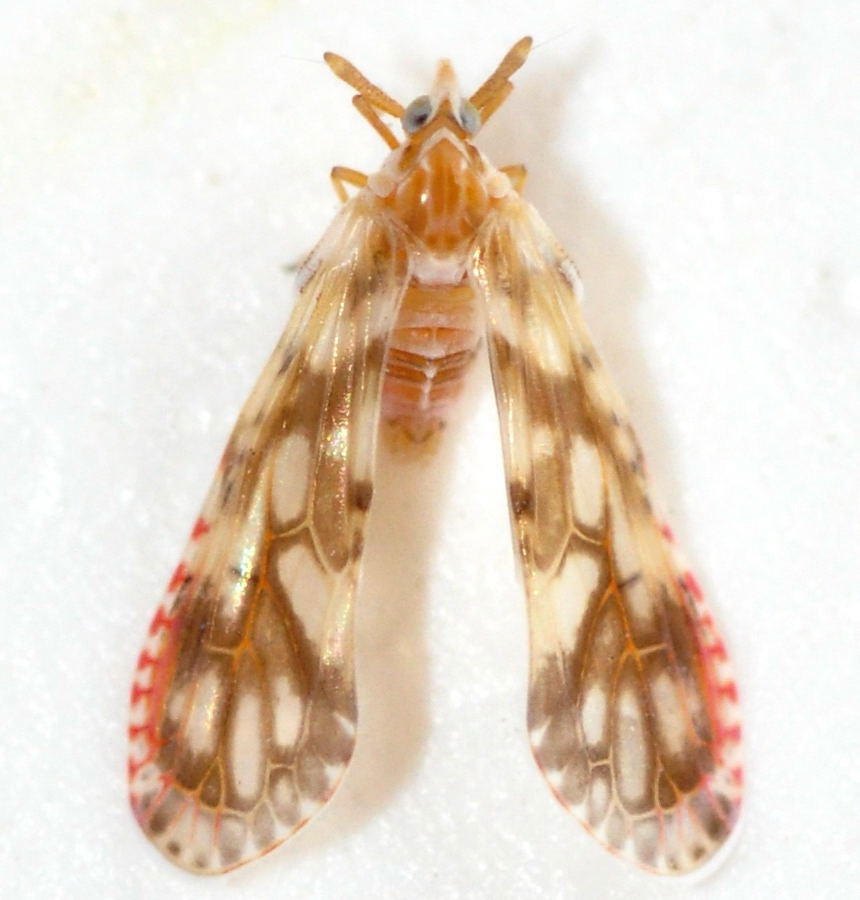
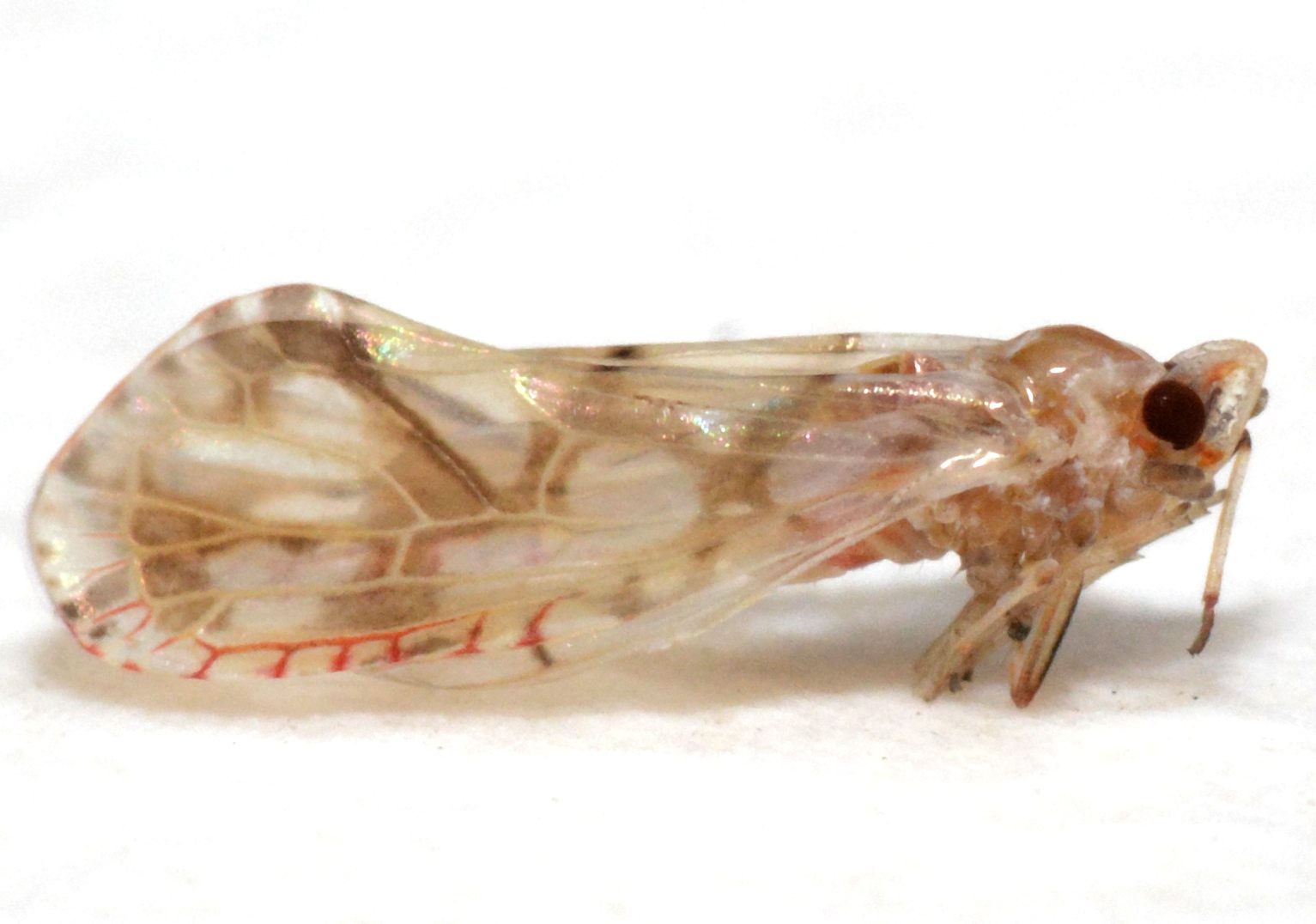

 »
»


